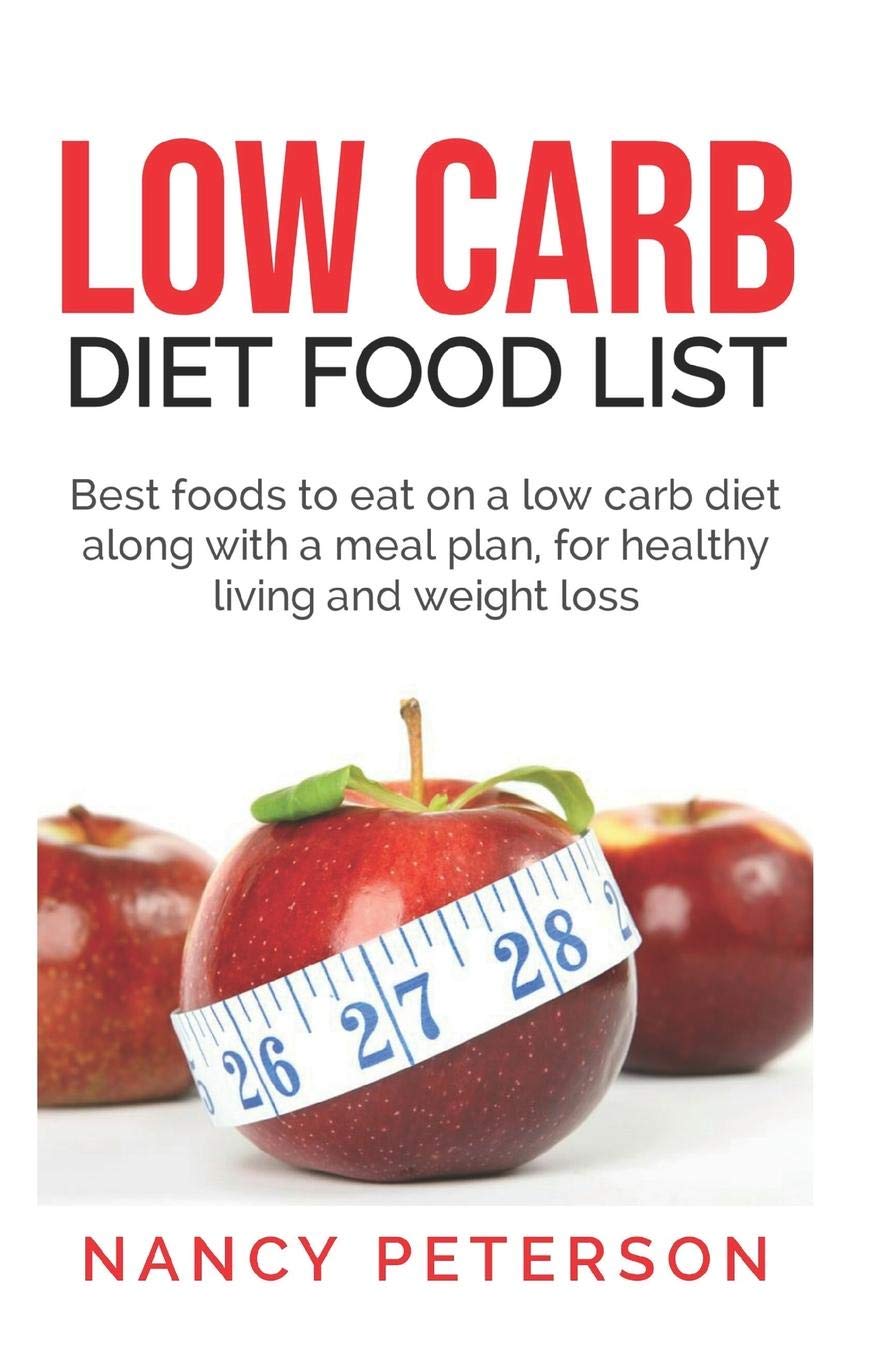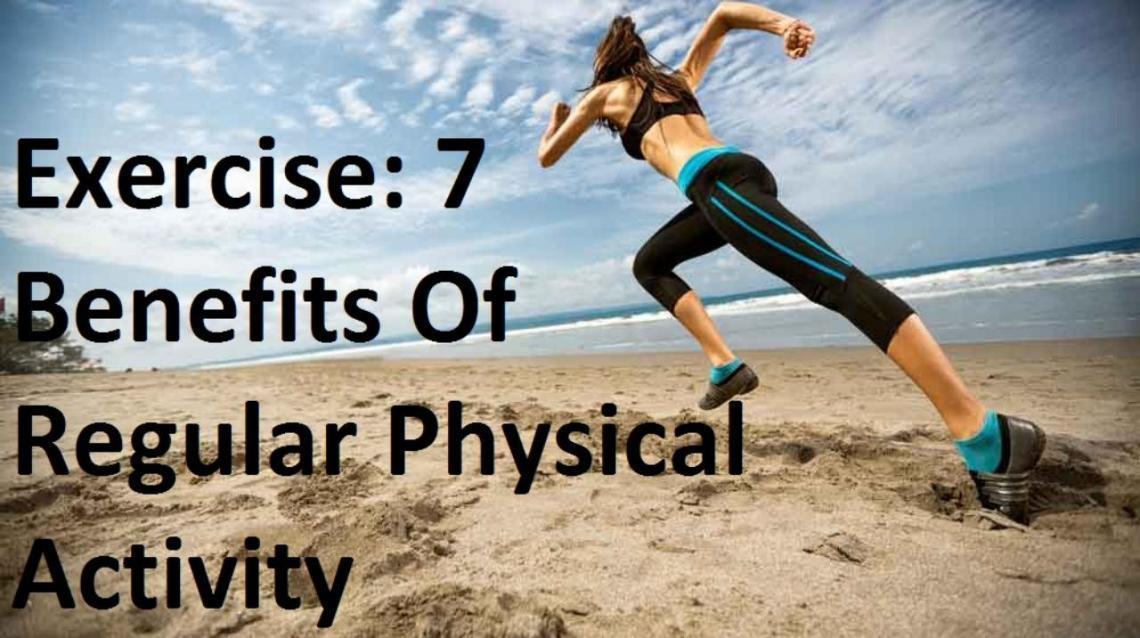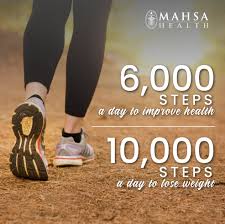
Predict, availability, influence, and Fathers are some factors that can contribute to the nutritional quality of your children's diet. This article will examine each one. These tips will ensure that your kids eat healthy meals.
Predict
In order to pre-determine a child’s diet, the researcher needs to identify factors that can influence their eating habits. These factors are the basis for an intervention that must include SEP. It may prove difficult to include SEP because children from low and middle-income countries have different eating habits. If these factors are considered, it is possible to make an accurate prediction about a child’s diet.
Accessibility
The availability of food sources and income is a key factor in determining a child’s nutritional status. But, food availability is not always an independent variable. The child's diet will depend on the mother's financial support. Sometimes, the availability of food within the household can have a negative impact on child nutrition. More testing is required to determine the factors that affect the availability of food for children. However, several interventions have proven promising.

Influence
The influence of a child's diet on physical development was a topic of discussion in several studies. The present study examined how parents and teachers felt that their child’s diet affected their child’s physical development. The results showed that parents with higher incomes were more open to discussing the health benefits of healthy eating. However, lower income parents focused more on appearance and functional ability.
Fathers
It is becoming increasingly clear that fathers play a vital role in children's nutrition and physical activity. While mothers often play an important role in a child's development, fathers have an even greater influence on their children's diet and physical activity. Focus group responses indicate that fathers play an integral role in shaping children’s eating habits. These are some suggestions for fathers that will help them to be active in the lives of their children.
Education level
In the past, research has shown that education levels may affect the dietary patterns of children. There were no significant differences in macronutrient intakes or NMES across the groups. However, education levels of mothers did impact dietary choices. Children from higher education households consumed more carotene- and retinol-equivalents than those from lower education households. These findings indicate that children who have completed higher education are more likely to eat a healthy diet.
Access to healthy foods
Children need to have healthy diets and access to nutritious food. Many families are not able to afford healthy foods. This is a factor in food security. It means that there are always nutritious options available. The United States Department of Agriculture (USDA) estimates that 1 in 9 Americans are food insecure. Nearly 11,000,000 children live within food insecure zones.

Restrictive feeding practices can have adverse effects
Research has shown that children's characteristics are linked to food intake. These characteristics include approach, inhibitory control, BMI percentile and the RRV of the restricted food. The relationship between child characteristics, food intake, and other factors is not clear. This is because the child's characteristics can affect dietary response and behavior despite a child's limited access to restricted foods.
FAQ
What is the difference between intermittent fasting or calorie restriction?
Calorie restriction is when you eat less than your body needs. Intermittent fasting is different because it doesn't involve restricting calories. Instead, the emphasis is on eating fewer calories each day.
Intermittent Fasting is more efficient because you can enjoy the foods you love without feeling guilty.
However, both methods have their pros and cons. It is up to you to decide which method you prefer.
What is the best way to exercise when you are busy?
It is best to exercise at home. It doesn't take much to get fit. It is possible to perform basic exercises at home with minimal equipment.
All you need is a pair dumbbells, mat, chair, and a timer.
Your most important goal is to keep up your fitness routine. If you are absent for a few weeks, you could lose your motivation.
Start by lifting weights 3x per week. These could include push-ups/pull-ups/squats, push-ups/pull-ups or dips/curls.
Once you are proficient in these movements, you will be able to do other types of exercise, such as running, jumping, skipping and yoga, pilates, dancing, swimming, weight training and tennis.
Remember to pick the program that best suits your lifestyle when choosing an exercise program. Exercises that take too much energy, for example, might not be a good fit for someone who works long hours.
If you are a night owl, then you should consider exercising during the evening rather than early morning.
Pay attention to your body. Don't be afraid to stop when you get tired.
What amount of exercise is necessary to lose weight?
The amount of exercise needed for weight loss depends on several factors, including age, gender, body type, and how much you weigh. Most people require at most 30 minutes of moderate physical activity five times per week.
The American College of Sports Medicine recommends 150 minute of moderate-intensity aerobic activities per week. These should be done over three days.
For example, if you want to lose 10 pounds, aim to do 300 minutes of moderate-intensity exercise each week. You can do this by walking fast, swimming laps or biking, as well as playing tennis, golfing and hiking, or jogging, running or other similar activities.
For those just starting out, you might consider 20 minutes of vigorous activity every other week. It could be sprinting, lifting weights, jumping rope or fast walking.
Aerobic exercise can also help you burn calories and increase muscle mass. Muscle burns more calories than fat does. You may be able to achieve your goal quicker by building muscle and losing fat.
How to create an exercise program?
The first step is to create a routine for yourself. You need to know what you will do each day and how long you will spend doing it. This will help you plan ahead and prevent procrastination.
Second, make sure that your workouts are varied. You don't want your exercise to be monotonous.
It is important to track your progress. It's important to see how much weight you have lost or gained over time.
It is easy to lose motivation after you have lost weight. If you gain excessive weight, it can be difficult to remain motivated.
Try to strike a balance in your weight loss and weight gain. If you are unhappy with your current situation, you will be less inclined to exercise.
Is it possible to eat fruits while intermittent fasting?
Fruits are great for your health. They contain vitamins, minerals, fiber and antioxidants. However, they also contain sugar which can cause blood glucose levels to spike. This can lead both to insulin resistance and weight loss. If you are looking to lose weight through an IF diet you need to choose low glycemic-index fruits such as oranges, pears, berries and melons.
Statistics
- According to Harvard Health, it's estimated that a 155-pound (70-kg) person burns roughly 112 calories per 30 minutes of weight training (5). (healthline.com)
- According to a study sponsored by the American Council on Exercise, a person weighing around 140 pounds (64 kg) would burn 108 calories at a 30-minute beginner's Pilates class or 168 calories at an advanced class of the same duration (26). (healthline.com)
- It's estimated that half of all American adults attempt to lose weight every year (1Trusted (healthline.com)
- One 6-month study showed that simply doing 11 minutes of strength-based exercises 3 times per week resulted in a 7.4% increase in metabolic rate, on average. (healthline.com)
External Links
How To
How to Intermittent Fasting
Intermittent fasting is a dieting method where you normally eat one day per week, usually Monday through Friday. This diet aims to lower your overall calorie intake, while still ensuring you get enough nutrition. It is believed that this will help you burn fat quicker than if the meals are regular for the whole week.
The most common form is to limit calories for certain days. This means that you might skip breakfast every day and then indulge in whatever food you desire throughout the day. You can also opt to eat three small meals a day instead of two large.
There are many types of intermittent fasting. There are pros as well as cons to each form of intermittent fasting. Alternate day fasting, which doesn't require you to change your lifestyle, is the best way to get started. But, there are some people who find it hard to follow such a strict schedule. These people might prefer to try different methods.
I recommend alternate-day fasting if you're starting an intermittent fasting regimen. This will allow your lifestyle to be gradually altered while you transition into more extreme fasting.